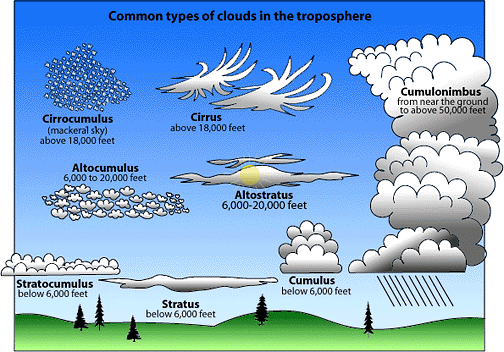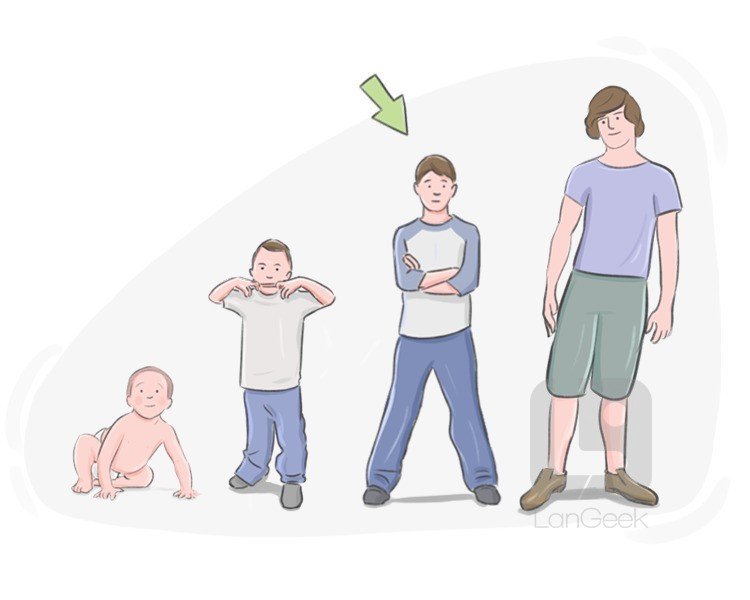Thunderstorms usually occur in the hotter parts of the year, and this Summer we have had some stunning ones. I have lived in tropical Darwin, Australia and Pattaya, Thailand where I witnessed what I would have said were the most amazing thunderstorms I had ever experienced, but this Summer brought some equally amazing storms right to my own back door in country NSW.
The season isn’t over yet. There could be still more to come. What about you? Have you observed any amazing thunder and lightning shows in your neck of the woods? How do your children feel when they hear and see them? Are they frightened, do they hide under the bed covers or snuggle into you for comfort?
Being frightened of a thunderstorm is a natural part of early childhood. How can you help? Here are 5 parenting tips to help you help your child overcome their fear.
Stay Calm
It’s true, children can sense how you feel and will reflect that emotion in their mood. That means that no matter how strong the storm is, it is important that you try to remain calm. If you can feel your emotions bubbling to the surface, stop, take a moment to do some deep breathing exercises. This could be in the form of a quick meditation, 5 minutes of tai chi or whatever it takes to help you breathe slowly. You could even encourage the kids to join you, it’s fun, easy and very relaxing.
Play some soothing meditation music to help keep them calm.
Tai chi is really relaxing especially when you concentrate on your deep breathing.
Marvel at the Nature of the Storm.
Young minds are often also inquisitive minds. A thunderstorm is an ideal opportunity for a science lesson in the wonder of the nature. You can discuss the water cycle, cloud formation and the different types of clouds. Explain what causes the electricity in the clouds and how it becomes lightning. Then there’s that big boom thundering and rumbling around after the lightning. Count how many seconds after you see the lightning to when you hear the thunder. Your answer is the distance in miles that the storm is away from you. Watch the lightning dance across the sky and marvel at the beauty the light produces in the clouds.
You can keep your explanation of the water cycle simple or if your kids are more inquisitive, make your answer more in-depth.
Extend this by not only learning the names of the types of clouds, but take photos and draw on them to make pictures. What can you see in the clouds?
Keep Your Kids Busy.
Sometimes all it takes is to keep little minds active and distracted. Then they are having so much fun that they forget all about the storm outside. Obviously in the middle of a massive storm is no time for TV or plugged-in devices. Make it family time with a board game, perhaps monopoly or snakes and ladders for the littler members of the family. Packs of cards can be handy too. A game of snap can keep kids occupied for ages.
There are so many entertaining board games out there to consider. One I remember fondly from my childhood was ‘Sorry!.’
Uno is a great card game. We played this for hours when my boys were younger.
Hug and Comfort Them.
Sometimes all kids need is a big hug from someone they love. Knowing they are safe is all the reassurance they may need. Build a blanket fort or snuggle in a tepee or tent if you have one. Take in a torch or flashlight and read a story. A good book for this special time is Dragons Drumming written by me, and beautifully illustrated by Maya Bora. help your child explore their imagination in a world where magical dragons whimsically play percussion in the sky. After reading the story you could encourage your child to think about something else that could make the noise of thunder. I remember when I was little, my parents told me it was God moving his furniture around. Maybe it’s the angels becoming a little too heavy footed and stomping in the clouds. Can you think of anything else it could be? Have fun with it.
Dragons Drumming is the perfect reading companion to overcome the fear of thunderstorms.
Try Headphones.
If after all this the thunderstorm is still all too much for your little person to cope with, try some calming music, or their favourite sing-a-long and dance music in headphones. They’ll be so busy concentrating on the musical sounds they’ll no longer be able to hear the thunderous commotion outside.
Above all, remember, all storm do eventually pass, and so will this one. Next time you’ll have the strategies in place and ready to go.
Do you have any other ways to help children overcome their fear of thunderstorms? Let me know in the comments below.






















